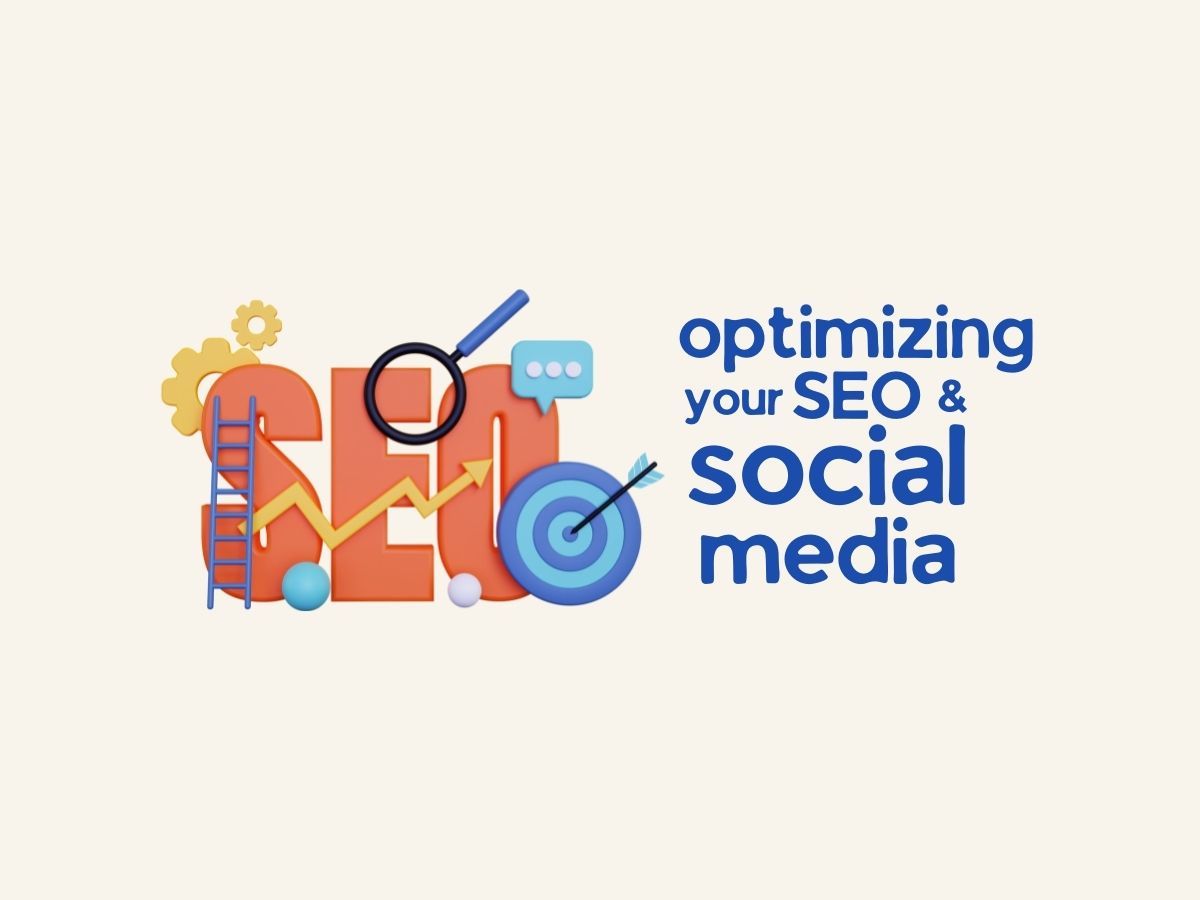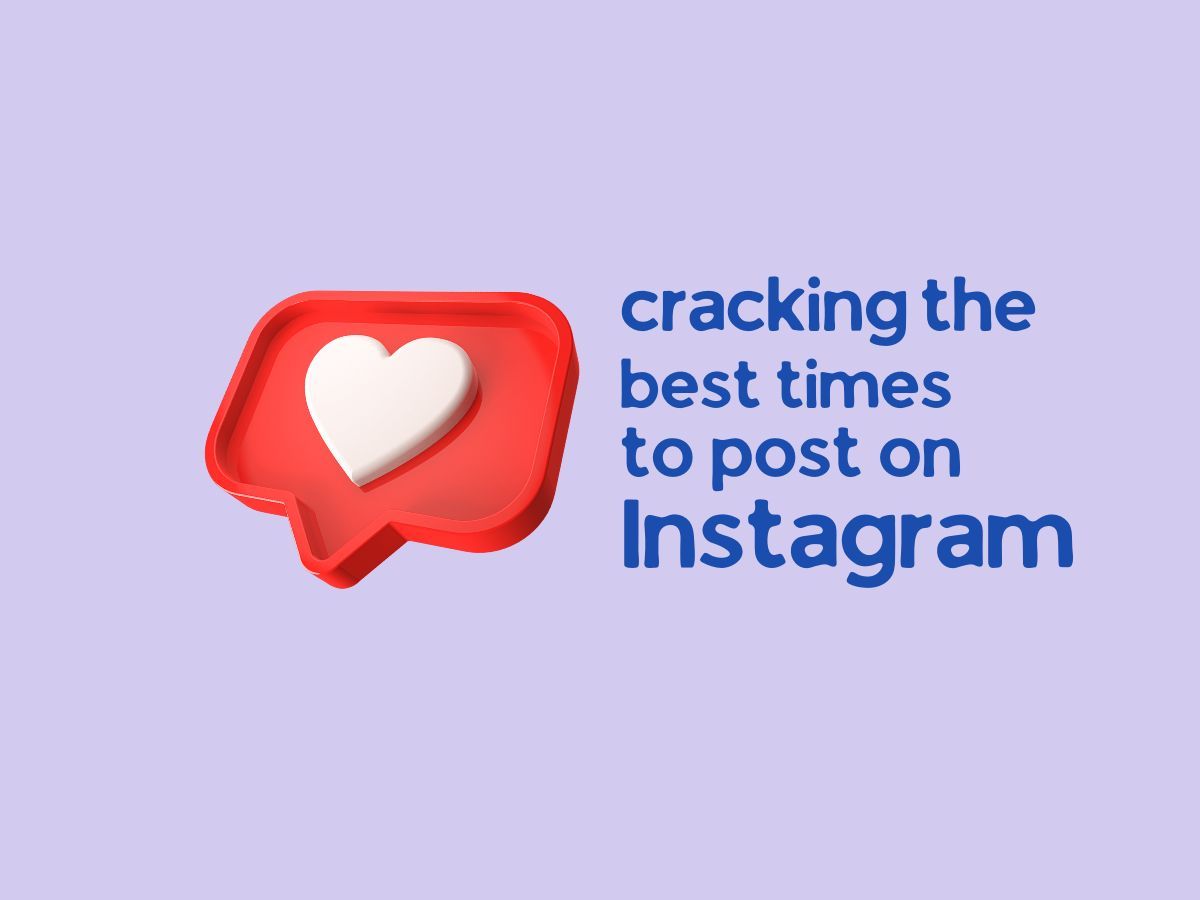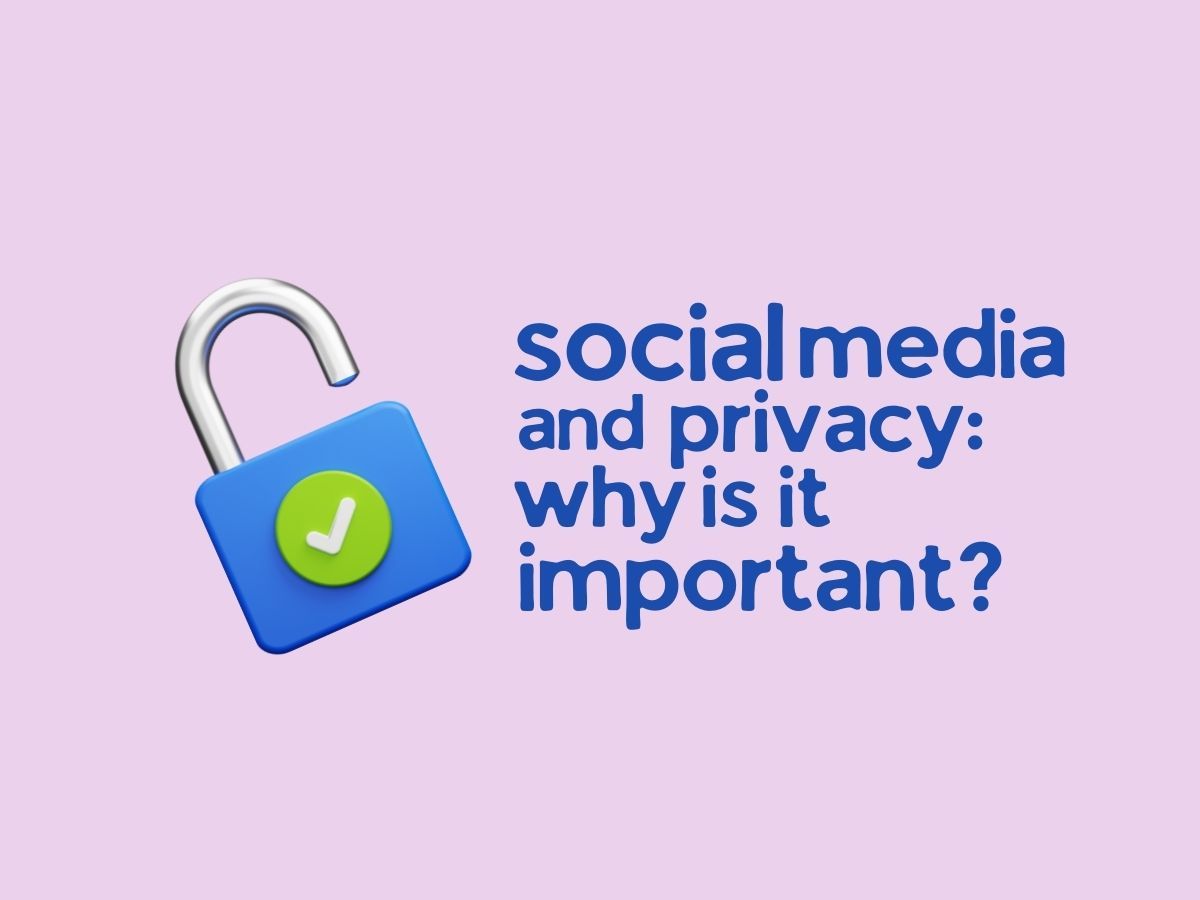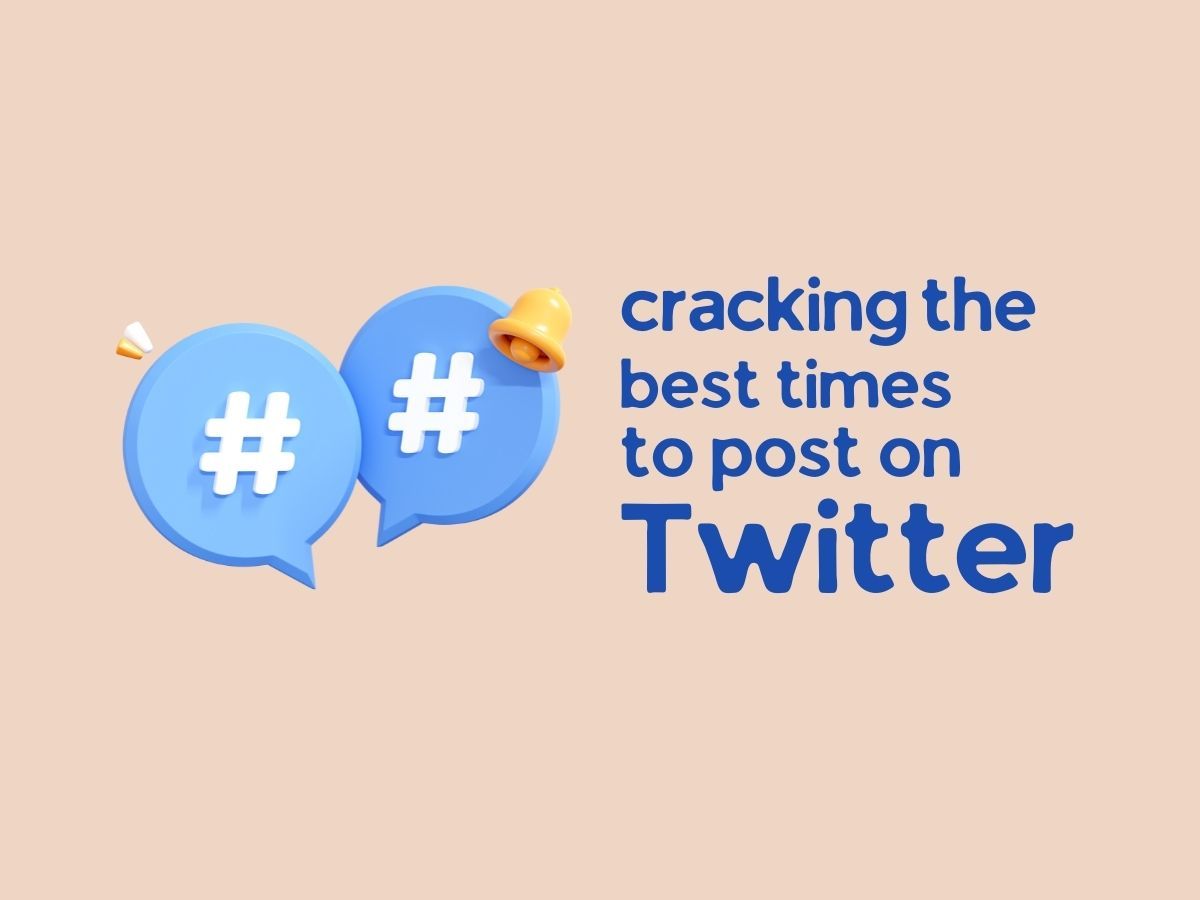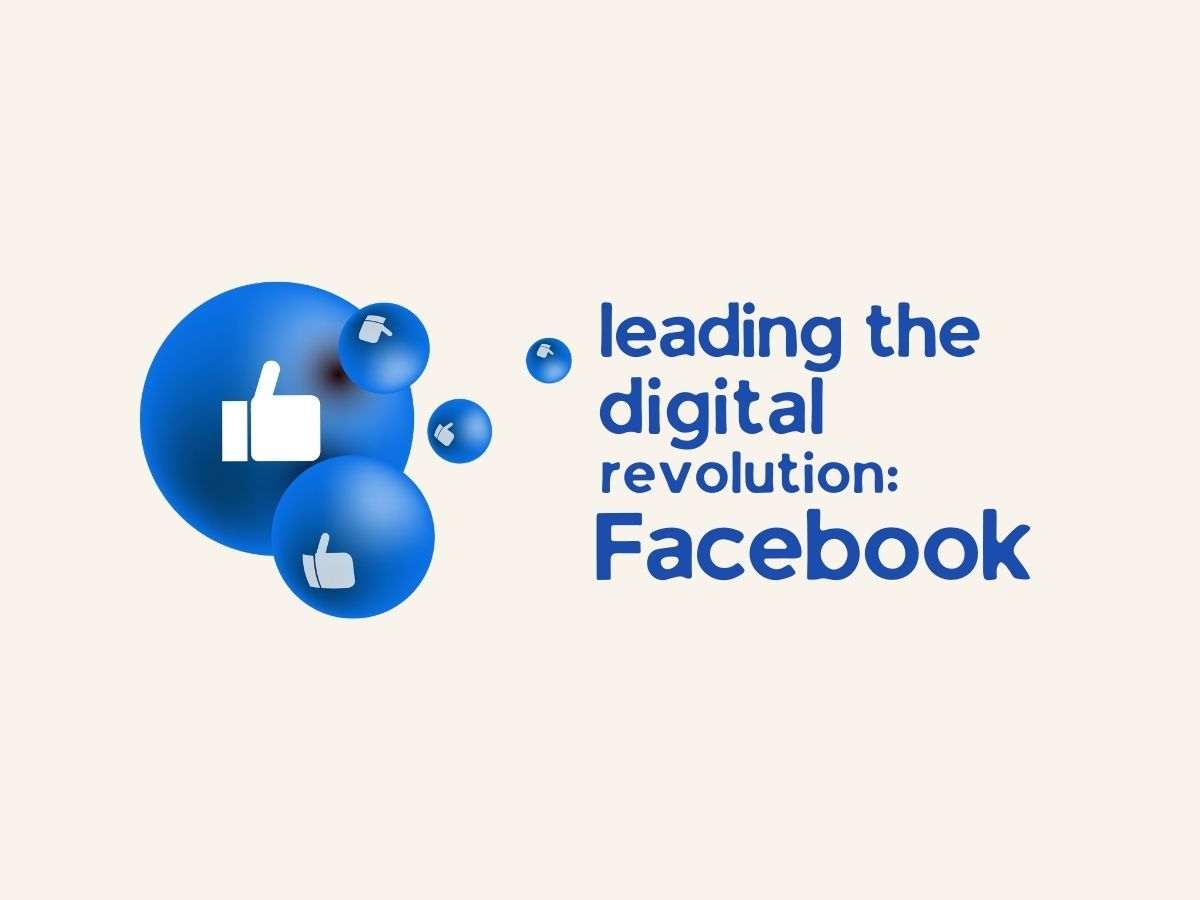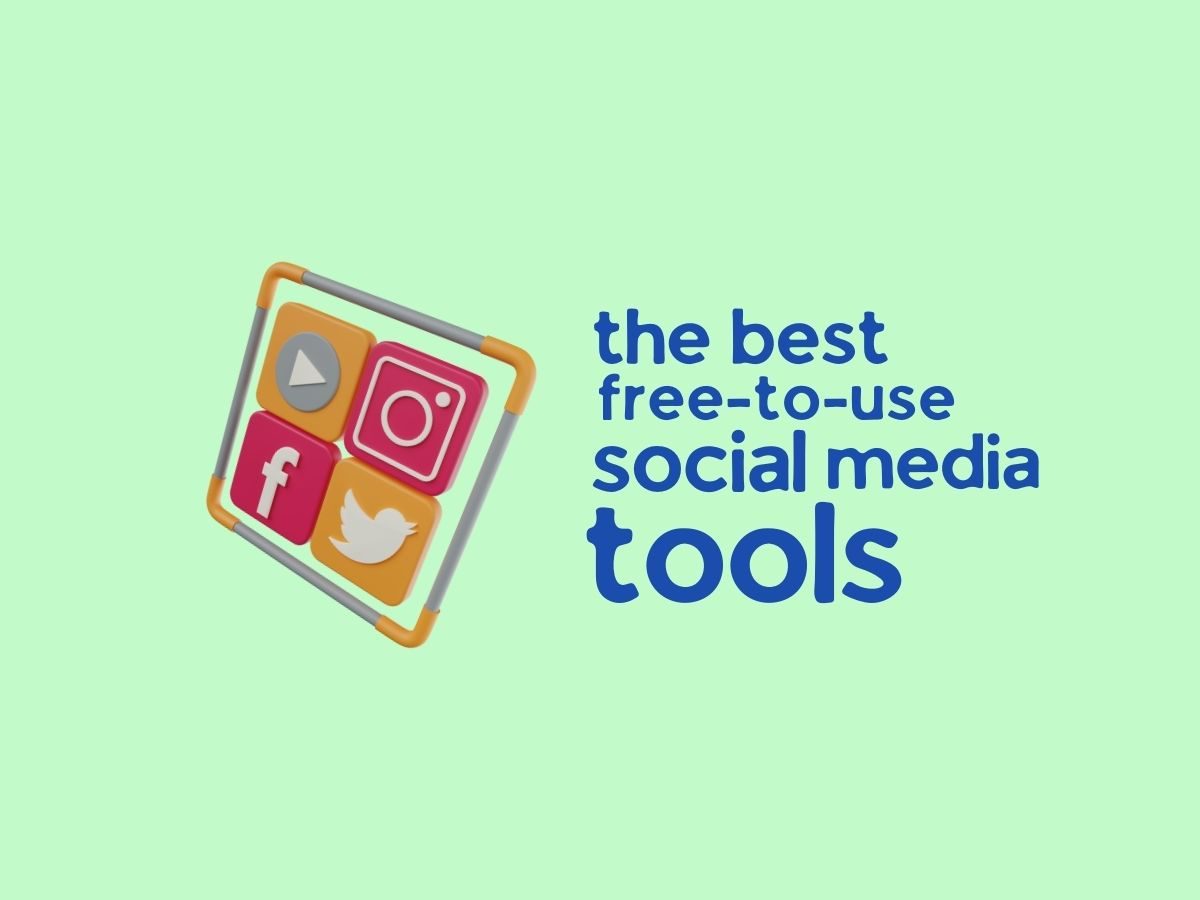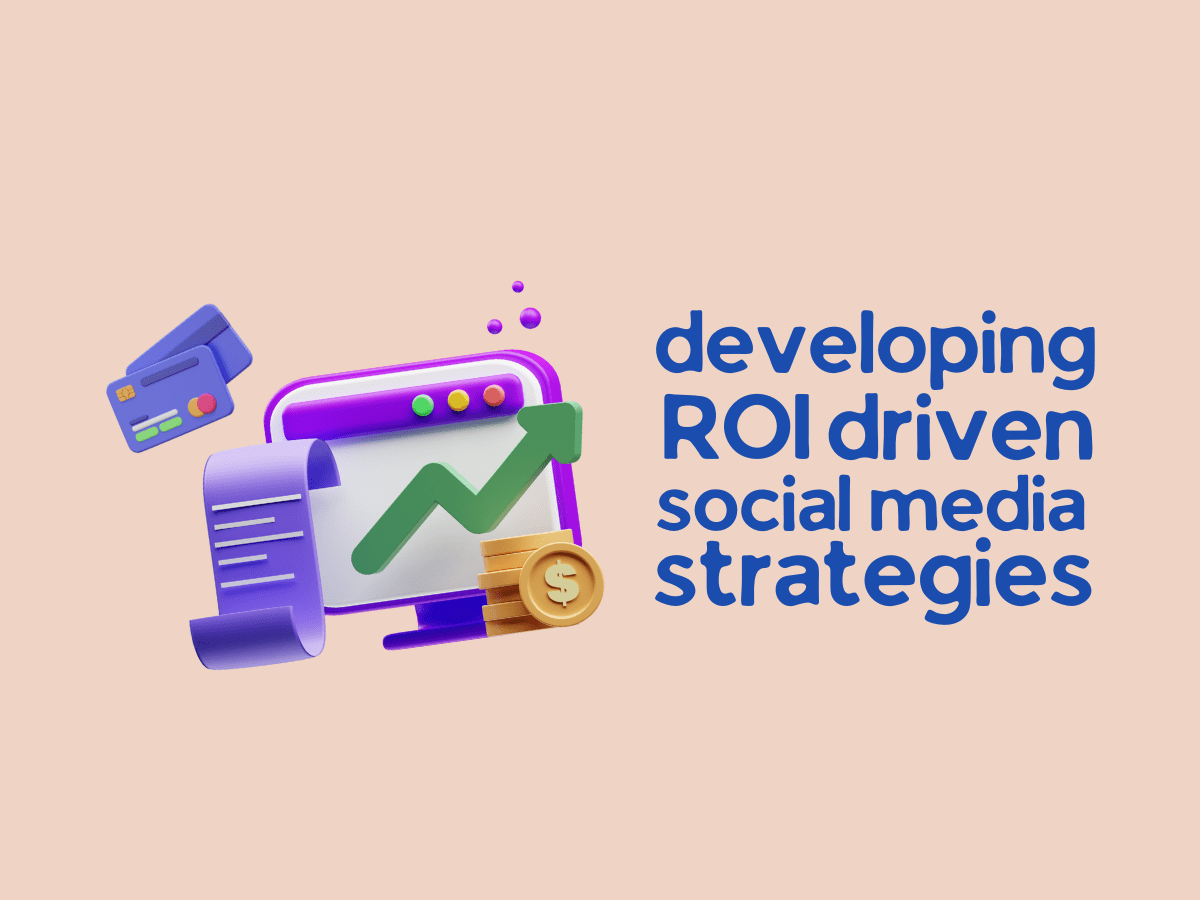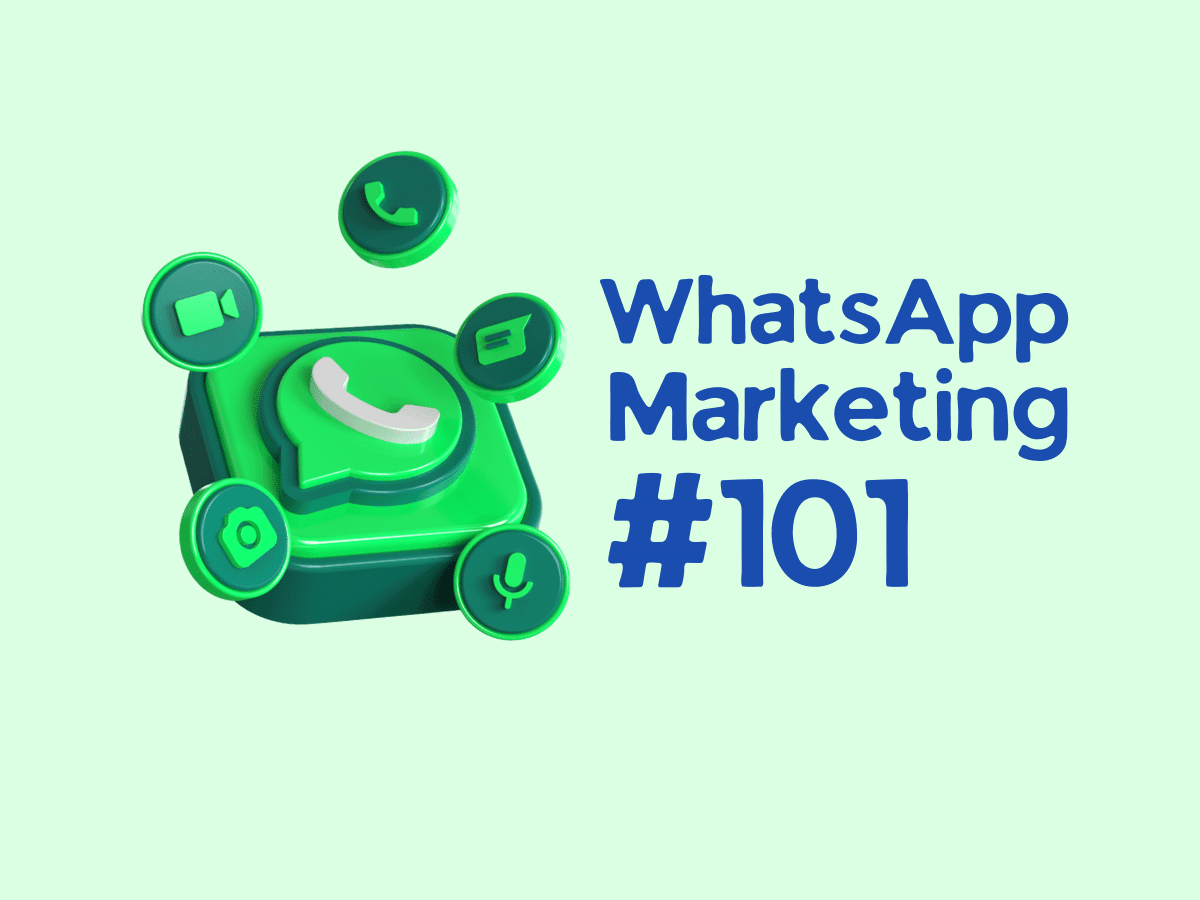Managing Multiple Social Media Accounts – How Do You Do It?
Is managing multiple social media accounts every day tiring for your business? Whether you’re a small business owner or a social media manager at a large corporation, you’re looking for ideas to help you get the most out of your social media marketing efforts.
It’s no secret among social media managers/users that jumping between different tools and accounts can be exhausting. It is common for social media marketers to manage multiple accounts for different departments or accounts on different platforms. Some accounts may be dedicated to sales, while others are used for customer service.
Despite the fact that it sometimes requires energy, managing multiple accounts on different social networks can be useful in promoting business success. It all depends on how you combine your efforts and take advantage of the most platforms.
Why should you have multiple social media accounts?
Before we get into social media management, it’s important to understand the pros and cons of creating multiple accounts for individual brands.
Benefits of Managing Multiple Social Media Accounts
Creating multiple accounts means you can share different content and speak to different audiences. Customer segmentation allows specific accounts to focus on specific topics rather than trying to engage everyone at once. This is especially useful if your business serves both consumers and businesses.
If your brand has multiple locations in a state or country, creating a separate account for each can help you localize content to meet the unique needs of customers in that region. They feel cared for, which can greatly increase engagement. Multiple accounts also allow users to choose the type of content they want to consume. Even if you have one umbrella account, you may want to expand it with dedicated accounts. All of this content can be fed into the main account if you want, but if people find they only want one thing from you, it’s easy to find.
Disadvantages of Managing Multiple Social Media Accounts
On the other hand, having multiple accounts can confuse your audience. They may not understand the purpose or value of each account. Should they monitor everyone or just those who have the information they need? People might think they are missing out on something important if your content is posted on different accounts. You also risk dividing the people you want to reach.
Additionally, having more than one account means more work for social media managers. Time management can become difficult, not to mention exhausting employees. If your social media team doesn’t have the resources to manage multiple accounts, it’s time to rethink your strategy.
Brand management can also suffer from using multiple accounts, especially when different departments are left to manage their own social media channels. When social media tasks are spread out, it’s harder to make sure everyone stays on message.
This is where a social media style guide comes in handy. The guide will help you ensure all employees are on the same page when it comes to social media and ensure consistency and best practices. Guidelines can include tone and language, as well as hashtag usage, image and video guidelines, and audiences.
Pros and Cons To help you understand the pros and cons of managing multiple social media accounts, we’ve put together this handy guide.
If you have multiple accounts or are considering it as a strategy, are you sure it’s the best use of your time and resources? If you only represent one brand, there are a few things to consider.
1. Complaints can take up most of your feed
More and more people are using social media to connect with businesses. Sprout Social Index, Edition XVII: According to Accelerate, 98 percent of consumers agree that social media is the fastest and most direct way to connect with a brand and is the primary channel for customer service inquiries.
So, if your social media team finds that handling complaints or managing online customer reviews takes a lot of time in a general account, setting up a separate account to handle support issues can help. This gives customers an easy channel to complain and sends a clear message that you care about solving their problems.
Separate complaint accounts can also work differently if you implement an effective system for handling customer needs, such as support tickets. Learn how brands are increasingly using social media as a customer service channel to attract and retain customers, as many brands adopted WhatsApp messaging during the pandemic.
2. You have several departments or offices
If your company has several departments with different target groups, it may happen that each of them has its own social media account.
Customers can then follow an account that only promotes products or services related to their industry, instead of consuming everything at once.
The same applies to companies with several offices or franchises. With separate accounts, customers can find the information they need much faster. It’s fine for these accounts to share the same content, but make sure you’re responding to the unique needs of customers in your region.
3. You have a variety of products or services
Larger companies usually sell a variety of products and services that address different problems and relate to different audiences. For example, if you know how to sell both sports products and technology services, there will likely be very little conflict between consumers.
Managing social media accounts for different products and services can help avoid confusion and streamline the buying cycle. Everyone knows exactly what they’re getting into, and you can respond to the changing needs of different audiences by creating compelling content.
5 steps to manage multiple social media accounts
Now that you know if you need multiple social media accounts, it’s time to start managing them. Here are five steps for managing each account.
1. Document your social media strategy
If you have a team with multiple accounts, it can be difficult for everyone to stick to the brand. Developing a social media strategy that includes policies, procedures, and style guides can give users something to follow at all times. Each account has different goals, but a documented strategy helps keep everyone on track and on the company’s message.
2. Use social media management software
Copying and pasting the same content to multiple accounts on different social media platforms can take too long. solution? Investing in social media management software like Buffer allows you to manage your posts and engagement in one place. This software helps you publish content to different accounts on different networks simultaneously with the click of a button.
3. Create an editorial calendar
An editorial calendar can help give you direction and keep your social media strategy on the right track. This can be done using social media management software or by sharing a simple document with your social team.
Bring it all together in one place and give your social media manager a reference. It also helps identify gaps and missed opportunities in your social media posting schedule.
4. Monitor and participate in social media activity
Tracking mentions and keywords is important, especially when setting up support-related accounts. You want to know if your customers need help or if you can jump to trending topics relevant to your business.
Most importantly, I don’t want to duplicate my colleagues. A social media management software should be able to help you monitor while providing space for collaboration within your team. It doesn’t look good when Brand responds to her year-old post or receives her two responses to a request.
5. Analyze your social media strategy
It’s important to analyze the results of your social media strategy and compare it to your key social media metrics. Are some accounts better than others? How can you help those who are lagging behind? Does each account contribute to the brand in some way?
I don’t know the answer without looking at platform analytics. Execute your strategy, use data-driven marketing to read your results, understand what’s working, and fine-tune your social media approach for optimal results.
Think before setting up multiple accounts
There may be reasons why your business has multiple social media accounts, but before you start creating accounts, make sure you’re creating them for the right reasons. Don’t make the mistake of doing this because you think your competitors and more accounts will give the illusion that you’re a big player. To get the most out of it, you need to use your resources wisely.
With good strategy, smart investments, and the passion of your social media team, your chances of success are always within reach.



